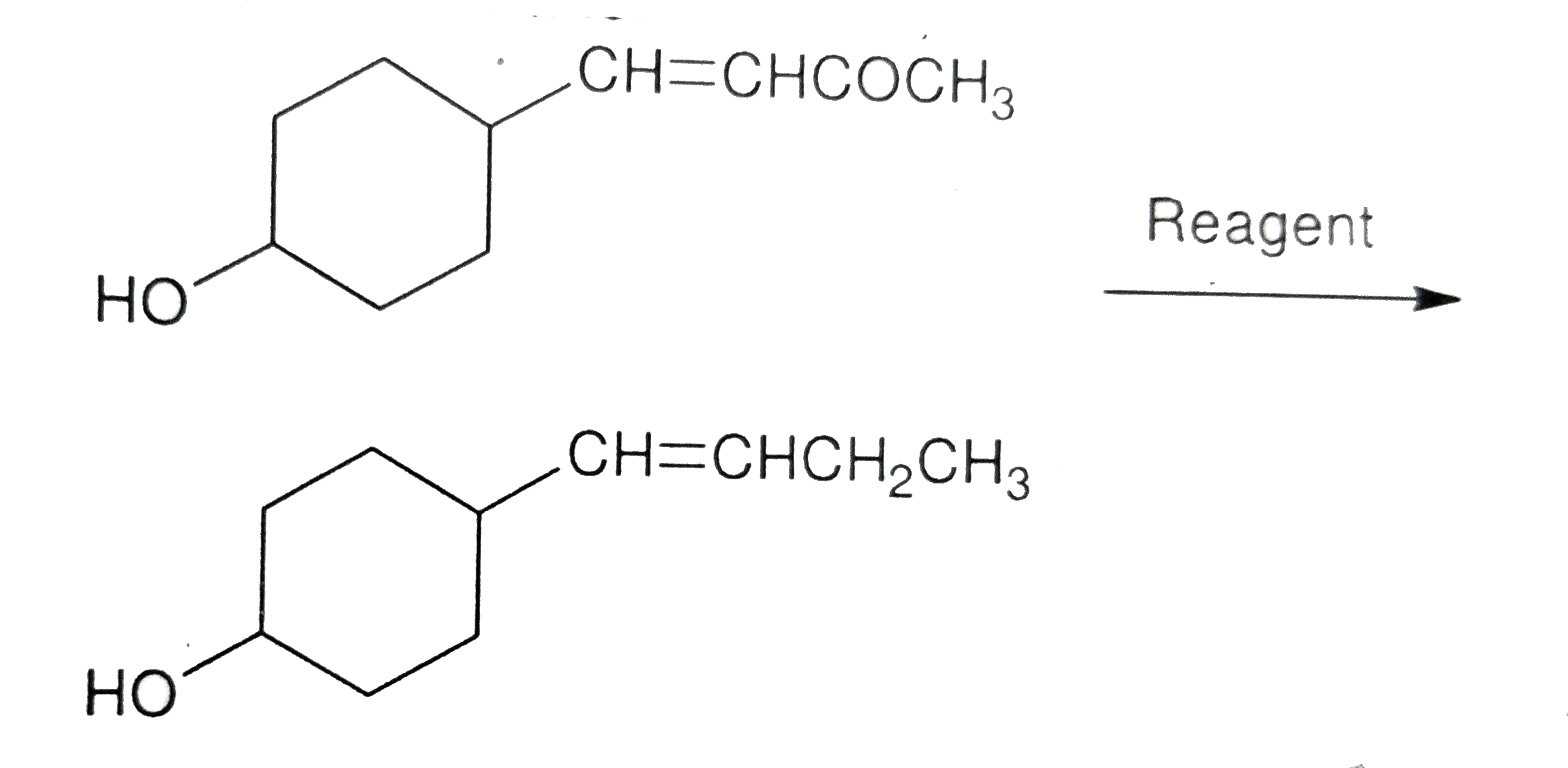Why is diamond resistant to most of the reagents ?
Step-by-Step Solution:
1. Understanding Diamond's Structure:
- Diamond is an allotrope of carbon. This means it is one of the different forms in which carbon can exist.
2. Covalent Bonding in Diamond:
- In diamond, each carbon atom is bonded to four other carbon atoms through strong covalent bonds. This bonding occurs in a tetrahedral geometry.
3. Tetrahedral Arrangement:
- The tetrahedral arrangement means that each carbon atom forms a three-dimensional network with other carbon atoms. This structure is repeated throughout the entire diamond.
4. Formation of a Rigid Structure:
- The continuous tetrahedral bonding creates a rigid three-dimensional structure. This rigidity is a key factor in the properties of diamond.
5. Properties Resulting from Structure:
- The rigid structure contributes to diamond's exceptional hardness, making it one of the hardest known natural materials.
- Additionally, this structure provides high thermal conductivity and density.
6. Inertness Towards Reagents:
- Due to the strong covalent bonds and the stable three-dimensional structure, diamond is resistant to most chemical reagents. This means it does not easily react with acids, bases, or other chemicals.
7. Conclusion:
- Therefore, the combination of the tetrahedral bonding, the three-dimensional rigid structure, and the strong covalent bonds is what makes diamond resistant to most reagents.
- Diamond is an allotrope of carbon. This means it is one of the different forms in which carbon can exist.
- In diamond, each carbon atom is bonded to four other carbon atoms through strong covalent bonds. This bonding occurs in a tetrahedral geometry.
- The tetrahedral arrangement means that each carbon atom forms a three-dimensional network with other carbon atoms. This structure is repeated throughout the entire diamond.
- The continuous tetrahedral bonding creates a rigid three-dimensional structure. This rigidity is a key factor in the properties of diamond.
- The rigid structure contributes to diamond's exceptional hardness, making it one of the hardest known natural materials.
- Additionally, this structure provides high thermal conductivity and density.
- Due to the strong covalent bonds and the stable three-dimensional structure, diamond is resistant to most chemical reagents. This means it does not easily react with acids, bases, or other chemicals.
- Therefore, the combination of the tetrahedral bonding, the three-dimensional rigid structure, and the strong covalent bonds is what makes diamond resistant to most reagents.
Topper's Solved these Questions
- BOOK - ICSECHAPTER - SOME P-BLOCK ELEMENTS EXERCISE - ESSAY (LONG ANSWER) TYPE QUESTION36videos
SOME P-BLOCK ELEMENTS
- BOOK - ICSECHAPTER - SOME P-BLOCK ELEMENTS EXERCISE - OBJECTIVE (MULTIPLE CHOICE) TYPE QUESTIONS44videos
SOME P-BLOCK ELEMENTS
- BOOK - ICSECHAPTER - SOME P-BLOCK ELEMENTS EXERCISE - VERY SHORT ANSWER TYPE QUESTIONS53videos
SOME P-BLOCK ELEMENTS
- BOOK - ICSECHAPTER - SOME BASIC CONCEPTS OF CHEMISTRY EXERCISE - NCERT TEXT-BOOK EXERCISES (WITH HINGS AND SOLUTIONS)36videos
SOME BASIC CONCEPTS OF CHEMISTRY
- BOOK - ICSECHAPTER - STATES OF MATTER : GASES AND LIQUIDSEXERCISE - NCERT TEXT-BOOK EXERCISES (With Hints and Solutions)23videos
STATES OF MATTER : GASES AND LIQUIDS
Similar Questions
Diamond is:
View SolutionDiamond is
View SolutionWhy do diamonds sparkle?
View SolutionWhy are the atomic masses of most of the elements not whole numbers ?
View SolutionCarbons in diamond exist in
View SolutionIn the given transformation, which of the following is the most appropriate reagent ?
 View Solution
View SolutionIn the given transformation , which of the following is the most appropriate reagent ?
 View Solution
View SolutionWhy is diamond a bad conductor of electricity but a good conductor of heat?
View SolutionWhy is Grignard reagent not successful in the preparation of ketones from acid chlorides?
View SolutionWhy does a diamond shine more than a glass piece cut to the same shape ?
View Solution

